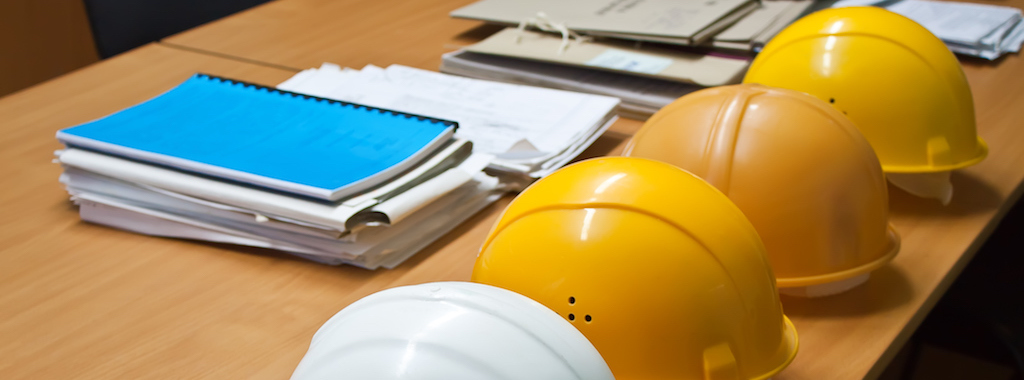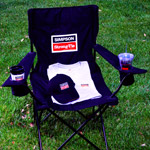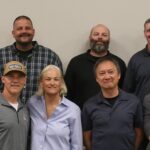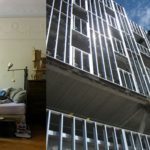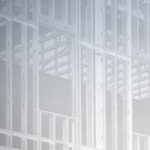Happy new year! A new year brings new developments on the Building Code front. A summary of relevant code activities follows.
ICC Update
With the end of 2018 and the start of 2019, the ICC Code Development Cycle for the 2021 I-Codes moves into it second year. The Group A cycle online voting concluded December 7 and the preliminary results have been posted by ICC.
While Group A is generally thought of as focusing on non-structural codes or aspects of codes, this year was of more interest from a structural standpoint because of a comprehensive package of code changes dealing with mass timber construction, including heavy timber and CLT construction methods.
Most of these changes were developed by the ICC Ad Hoc Committee on Tall Wood Buildings. This committee was made up of a large cross-section of code users and industry representatives. They considered a large amount of fire test data in the course of their deliberations. Readers can view video highlights of the fire tests here. In all, 14 code change proposals dealing with CLT were developed by the committee, and they all passed either as submitted or as modified.
The changes split the traditional Heavy Timber Type of Construction (HT) into four types of heavy timber construction. They are shown in the table below. Type IV-HT is the same as traditional Heavy Timber Type HT.
| IBC Construction Type | Basic Description | Required Fire Protection | Maximum Number of Stories (may be smaller for some occupancies) | |||
| Structural Frame | Exterior Walls | Floor | Roof | |||
| Type IV-A | Fully protected, interior and exterior | 3 hrs. | 3 hrs. | 2 hrs. | 1-1/2 hrs. | 18 (270ʹ) |
| TYPE IV-B | Protected exterior, limited exposed timber interior | 2 hrs. | 2 hrs. | 2 hrs. | 1 hr. | 12 (180ʹ) |
| TYPE IV-C | Protected exterior, exposed timber interior | 2 hrs. | 2 hrs. | 2 hrs. | 1 hr. | 9 (85ʹ) |
The American Wood Council has a comprehensive summary of the requirements for each type of construction on their Tall Mass Timber page.
ASCE 7 Update
Here’s some information about ASCE 7 that might interest our readers.
First, the process for developing ASCE 7-22 has already begun. The committees have been appointed to work on the various chapters, and several proposals have already been balloted. Because of a change in the timeline for submittals for acceptance to the IBC, the ASCE 7 committee is working under a tight deadline, so significant changes may not be published during this cycle. Readers can keep track of the ASCE 7-22 development process on the ASCE 7 page.
Second, ASCE 7-16 Supplement 1 is completed and should be published fairly soon. It will be available on the SEI Supplements and Errata page. Supplement 1 contained changes to Chapters 2, 6, 11, 12, 15 and 21. By this time, Supplement 1 should have been submitted to ICC for inclusion in the 2021 IBC and IRC. Note that there is also an Errata document for ASCE 7-16 available.
Third, ASCE has developed a new website that should be very useful to Designers. It is the ASCE 7 Hazard Tool. This tool allows users to look up site-specific data for several different hazards for use with ASCE 7-10 and ASCE 7-16. Sites can be found either by entering the address or the latitude/longitude, or by searching directly on a map. For now, users can look up wind speed and tsunami design criteria for free by entering as a guest. By subscribing, users get access to ice loads, rain loads, seismic criteria, snow loads and flood loads. This is very similar to the Applied Technology Council Hazards by Location website that some readers may be familiar with.

